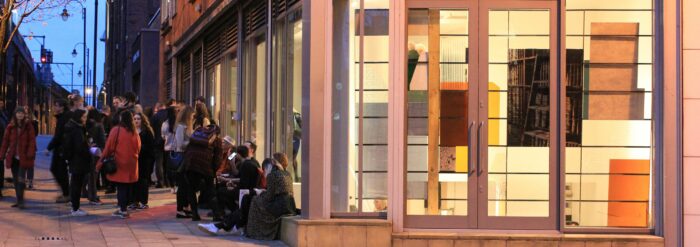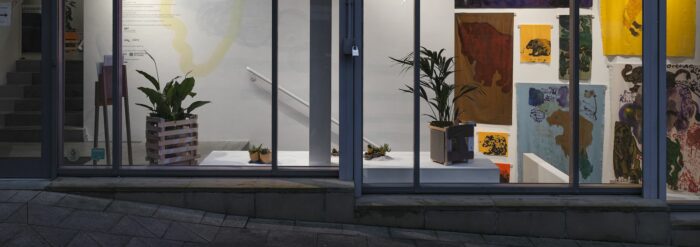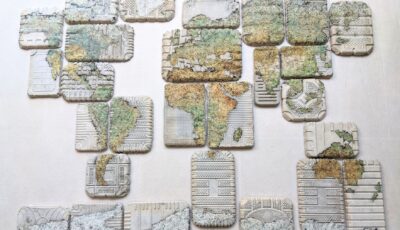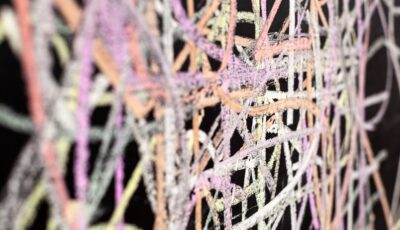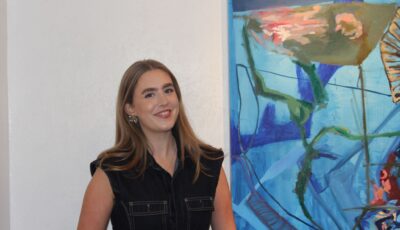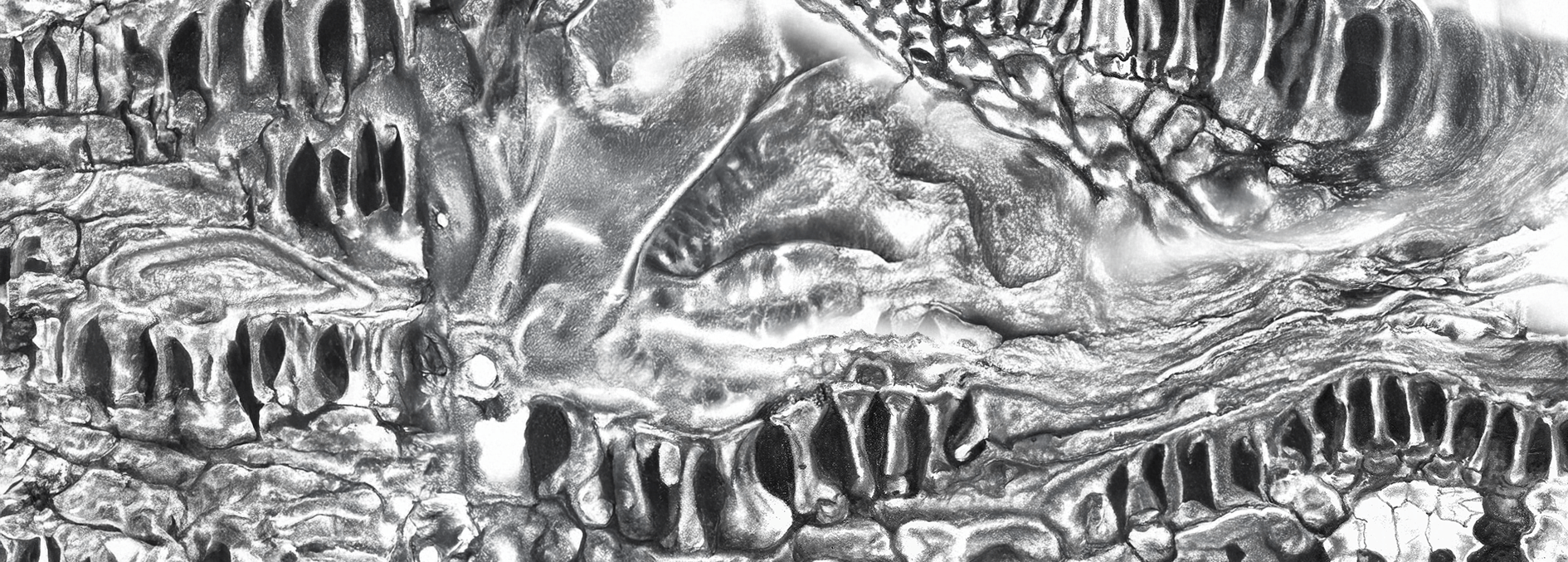
Artists and Sustainability: Lucy Roberts
Posted on 19 February 2025
This month we’ve invited Lucy Roberts to contribute to our ongoing series Artists and Sustainability Spotlight, where we ask artists to share short responses about their work and how it might relate to climate change.
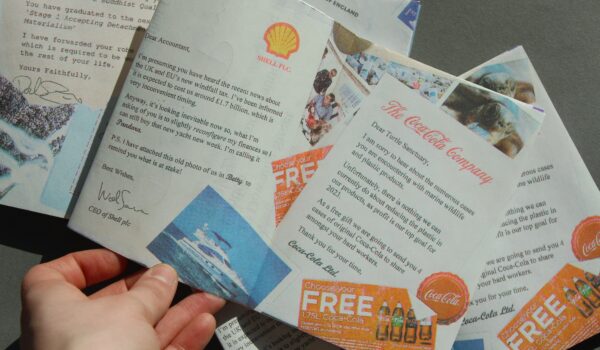
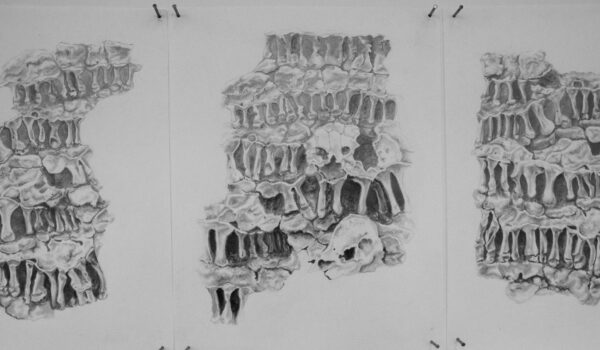
In what ways do you feel your work might relate to issues of climate change and sustainability, in the content of the work, its narrative, conceptually or theoretically. How might it speak to or challenge public discourse?
The content of my work is predominately focused around analysing absurd environmental situations and providing insight into what our projected future landscapes will look like. Recently, I have found the underlying themes of human vulnerability and fear of the unknown have deepened my understanding into what drives this questioning around exploring my environment. With nature being such a powerful force, I almost find it impossible to ignore and channel my creativity into trying to understand my place and responsibility within it.
I use a variety of media to create satirical and uncanny happenings which mirror scenarios in our society and utilise this satire to create an approachable route into conversation. Through presenting these alternative narratives laced with factual information I like to provide a space for imagination and reflection on environmental policy and our own actions.
Recently, I’ve enjoyed exploring the undefined geological layers of the Anthropocene. With vast changes in biodiversity, composition of rock and multiple other factors distinguishing the separation of these layers, I find it fascinating as to how and when these changes can be defined whilst we are still living amongst them. As I’m unable to comprehend many of these scenarios myself, I’ve been using AI as a tool to help imagine the layers appearances. Recording these observations through drawing has reconnected this concept back into reality and prompts the question; what am I going to do about it ?
With regards the materials, processes, and techniques you use to produce your work, are there any practical decisions you make with regards climate change and sustainability?
With the passage of time being such a dominant theme within my work, considering the sustainability of the materials I’m using is an important factor. I draft many of my ideas out digitally and with more programmes being widely accessible for free, I can get quite far into the process without using any physical material. This also gives me more freedom to consider my materials and if I can source them second-hand.
Reading articles around the internet’s carbon footprint challenged this view. It changed many of my decisions into material usage. Since becoming more aware of the energy required for data storage, I have consciously tried to limit the amount I upload online. When possible, I opt for external storage and refine the amount of images I store and send digitally.
Learning about the carbon produced from digital publications is partially the reason I started exploring sustainable printmaking. Once produced the maintenance of a physical paper piece requires far less energy than keeping a server running. Now when making zines and publications I use soy based RISO inks and recycled paper which can be distributed to people in a lower- carbon way.
Also, if possible, I try and reuse obsolete work, giving it a second life rather than keeping it in storage. Revisiting the work also gives me a deeper understanding of it, as I often discover things which I didn’t notice first time around. Despite all the contradictions I keep discovering, my sustainability practice is constantly evolving and hopefully my carbon footprint is improving as I educate myself more about new processes.
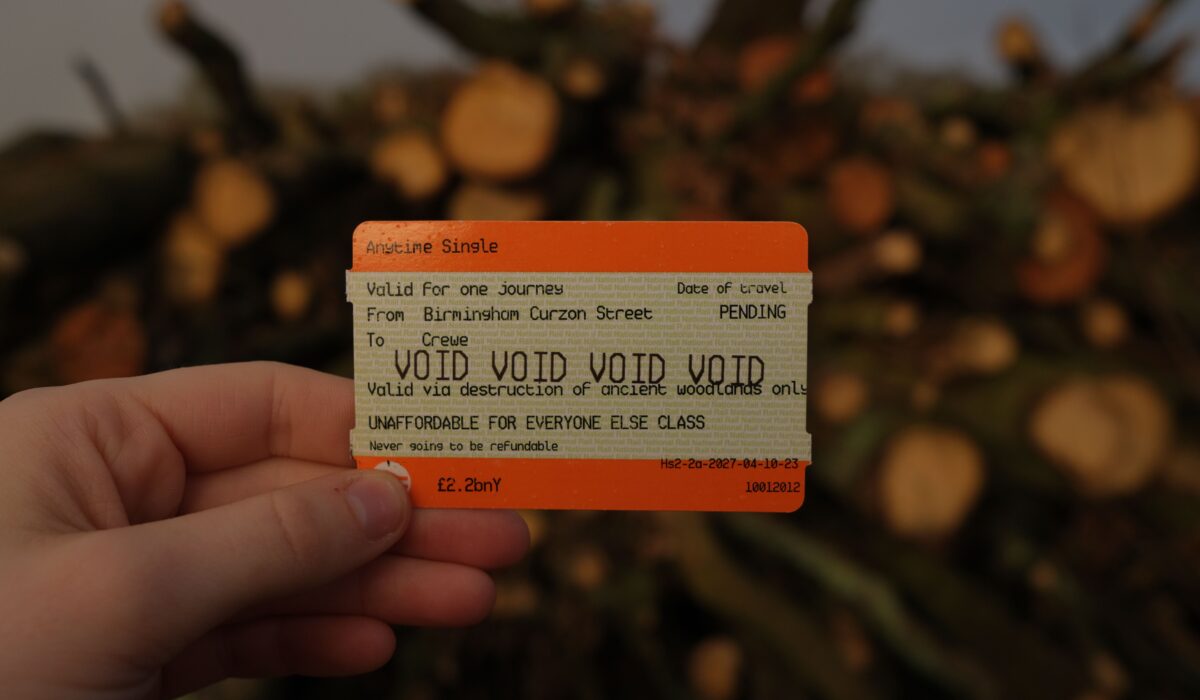
In general, how do you feel galleries, art spaces, artworks and artists, might be able to contribute, what if any role do you feel they can play in a progressive conversation?
As artists we can all do our best to be as sustainable as we can manage but we need collective action to see significant change. I think galleries and institutions should take more responsibility in addressing climate injustices as they have the privilege to have influential public-facing platforms. Collaboration is what is needed to move us all forward. From the sharing of materials, space, time and knowledge we see more progress with less consumption. This is starting to happen: galleries donating their excess installation material, studio swap shops and using recycled packaging to transport work. However, greater change is needed systematically to see progress on a global scale. Artists should continue to champion these ideals and lead the way in encouraging their peers, institutions, councils and even governments to combat injustices.
Are there any tips or advice, anything you have learnt you might want to share with other artists or our audiences?
Actually listen to your own advice! The number of times I reassure others, and then proceed to worry about the same problem, happens way too often. The responsibility doesn’t all fall on you, it’s shared co-operation which will make the greatest changes.
Getting involved in networks has benefitted my productivity and helped me discover new processes and materials. Networks which have helped me include: the SPARK artist network, a growing collective with vast experience, all of which consider sustainability within their practice, and Materials Club at Steamhouse, Birmingham, an organisation which research into alternative material production. Through attending a few of their monthly open day sessions I have learnt how to make my own bioplastics from household materials and how from changing the composition I can easily adapt the quality of the material. Also, staying engaged with what’s happening right now, even if it’s sometimes just in conversation, always helps with my development and inspiration.
Links
Website
lucyrobertsart.wixsite.comImages
Banner:
- Lucy Roberts, AI Expansion, 2024. Image courtesy of the artist.
From left to right, top to bottom:
- Lucy Roberts, Letters of confession, 2023. Image courtesy of the artist.
- Lucy Roberts, The Steaks have never been higher, 2024. Image courtesy of the artist.
- Lucy Roberts, VOID, 2024. Image courtesy of the artist.
